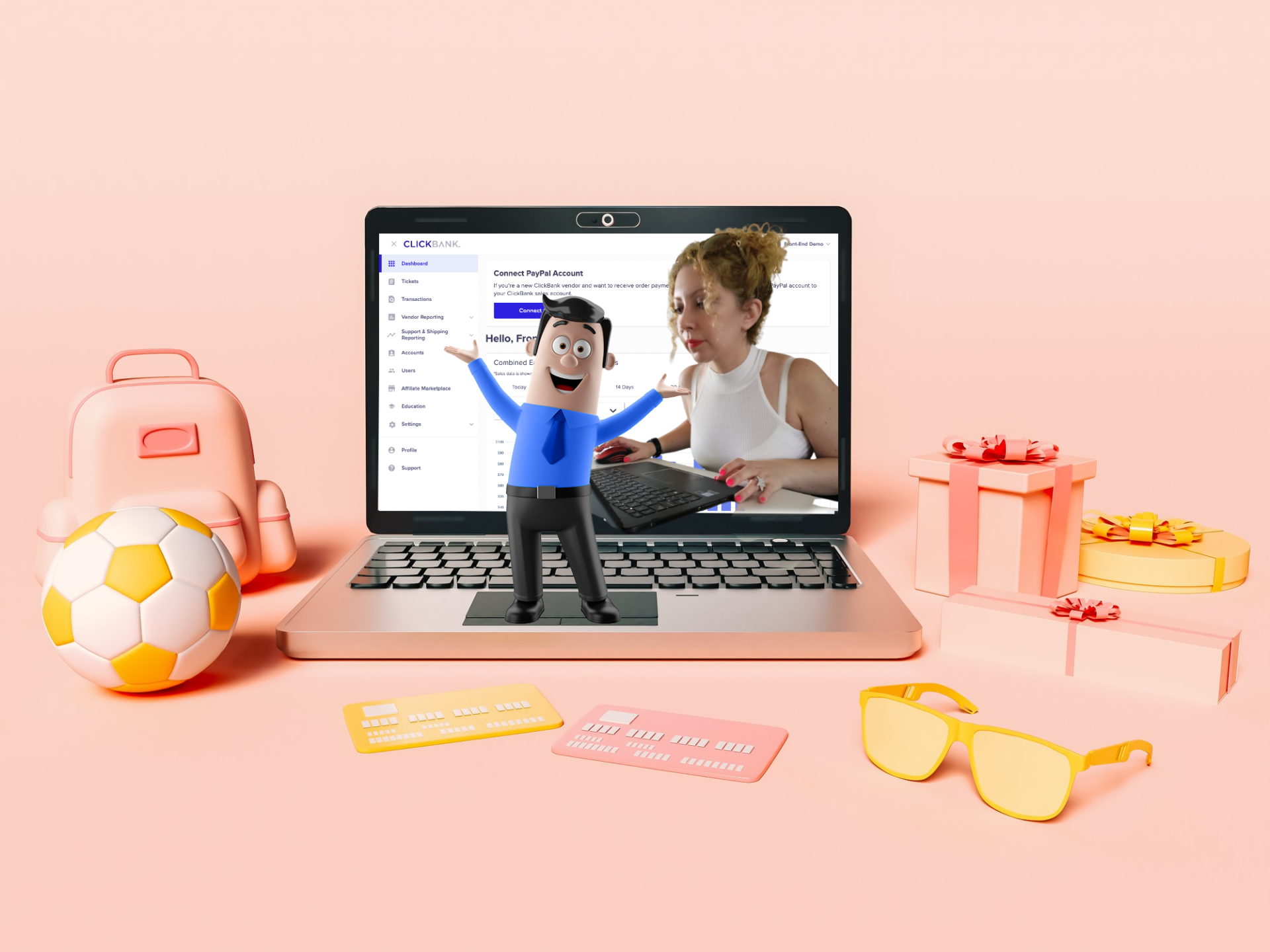How do you make an effective website design? It’s a broad question to be sure, especially with so many elements that go into the design process. From layout to visuals, it’s crucial to get the balance between aesthetics and accessibility. But perhaps one of the most important elements is colour choice – this can influence a viewer’s feelings towards what they are looking at, from building a sense of trust to coaxing a smile.
In this article, we consider the different approached to colour psychology for marketing and website design.
The importance of colour
Colour psychology has been extensively studied, but the impact of colour influence in marketing and promotion is a fair recent matter. However, there have been many scientific studies into the connection between shades and sales that appear to show a strong correlation. According to a Canadian experiment, nearly 90% of snap decisions regarding consumer products are based solely on colour.
According to some studies, colour is received differently by different genders, which is certainly something to consider if your website’s audience is heavily male or predominantly female. For example, a study published in the Journal of Retailing found that men believed savings were much greater in value if they was advertised in red rather than black, while the difference was much smaller among women. The imbalance of colour psychology between males and females was also apparent in the study, Colour Assignment. Although blue was popular across the board, this study found that purple was a second-favourite colour for women but the second-least favourite among men. Similarly, other studies on colour attractiveness found that softer hues are preferred by women, while bold shades were liked by men. Are you using the right hues for your main consumer?
The purpose of your website should be the primary consideration when selecting the colour scheme. For example, studies have shown that yellow is utilised to grab attention and should perhaps be the colour of choice in store windows, while red is most people’s key indicator of discount prices and ‘urgency’ and should be used on clearance sales posters for optimum effect. Also, both these shades are warm colours. According to an experiment, these are better at sticking in a viewer’s memory than cool colours (like blue and green). So, it might be good to use them on promotional ads to keep consumers thinking about your offer for longer, as well as your brand logo itself to ensure you come to mind when they next need a product or service you offer.
Of course, you’re unlikely to pick just one block colour; how can different, contrasting hues be used effectively? Another study found that contrasting shades also improved readability — essential if you want, for example, a business’ printed vinyl banners to be seen by more people from a greater distance.
There is also the point of cultural associations and personal experiences that can shape a person’s view on a colour, but there are a few overarching colour connotations that you can harness. It is worth your consideration when it comes to the few seconds you have to catch a consumer’s eye and attract them to your brand.
Colours in logos
Logos are a great example of using colour psychology to fit a purpose. According to research compiled by Kissmetrics, 85% of shoppers surveyed say colour is a primary reason for buying something. Also, it was found that colour boosts brand recognition by around 80%.
Colour is an important point to consider in terms of a logo’s creation during a rebrand or starting up a company. Here are the emotions associated with each colour and examples of the successful brands that use them:
| Colour | Effect | Logo |
| Yellow | Optimism and youth | Chupa Chups and McDonalds |
| Green | Growth and relaxation | Starbucks and Asda |
| Pink | Romance and femininity | Barbie and Very |
| Purple | Creative and wise | Cadbury and Hallmark |
| Black | Power and luxury | Chanel and Adidas |
| Orange | Confidence and happiness | Nickelodeon and Fanta |
| Red | Energy and excitement | Coca Cola and Virgin Holidays |
| Blue | Trust and security | Barclays and the NHS |
It’s clear to see a pattern between colour, message, and service. For example, inciting trust for a bank is important, which may be why Barclays chose blue, while Starbucks wants you to relax at their coffee shops and Virgin Holidays wants you to get excited about booking a trip.
Author of Colour Psychology Today, June Mcleod, says: “One of the greatest assets and one of the easiest ways to sway decision or attract an emotive response — or alienate a consumer — is through colour. Purple with Cadbury; Shell with Yellow; National Trust with Green — they all work and work wonderfully well.”
A logo’s colour can’t really be “wrong”, per se, but it can be less effective than another depending on the purpose it represents. Consider the statistic that 80% of clients think a colour is accountable for brand recognition. If you want your customers to gain a sense of loyalty and familiarity with your brand, the colour should reflect your brand’s products, services and character.
Appealing colours
Whatever your colour choices, it’s worth spending some time to look into the psychology of those colour choices. Take beer company, Carlsberg, for example. The marketing team here worked to rebrand using colour with great success. Using white for its Carlberg Export packaging and changing its formerly green bottles to brown; the company achieved 10,000 new distribution points and a sales increase of 10% in the 12 weeks leading to summer in 2017.
Here, we take a look at how marketing and advertising use colour to reflect a message.
- Capitalise on the advantages of red and yellow: use these on your large print ads to increase the chances of catching the eyes of passers-by.
- Contrast your colours: as we discovered, using opposite shades (e.g. red and green) can improve text clarity — essential considering you have just seven seconds to make a bold first impression and get your point across.
- Consider your demographic: there are clearly some difference in how men and women perceive colour. Who do you mainly sell to? If it’s men, perhaps take these gender studies on board and avoid purple…
- Work out your brand’s ‘personality’: studies clearly show an affiliation between colour and emotion. Determine what you want consumers to think about your brand and choose a colour that reflects this ethos — whether it’s opulent (black) or fun (orange).
Take lessons from the use of colour in marketing and take your website design to the next level with appealing, precise colour choices.
Sources:
http://journals.sagepub.com/doi/abs/10.1177/0258042X1103600206
https://www.sciencedirect.com/science/article/pii/S0022435913000031
https://neilpatel.com/blog/color-psychology/
https://www.ncbi.nlm.nih.gov/pubmed/2235253
https://www.ncbi.nlm.nih.gov/pmc/articles/PMC4347302/
https://www.businessinsider.com/only-7-seconds-to-make-first-impression-2013-4?IR=T


![15 Best Affiliate Recruitment Software Tools [2025 Update] - 15 Best Affiliate Recruitment Software Tools [2025 Update] -](https://www.toptut.com/wp-content/uploads/2024/01/affiliate-recruitment-software-1.png)





